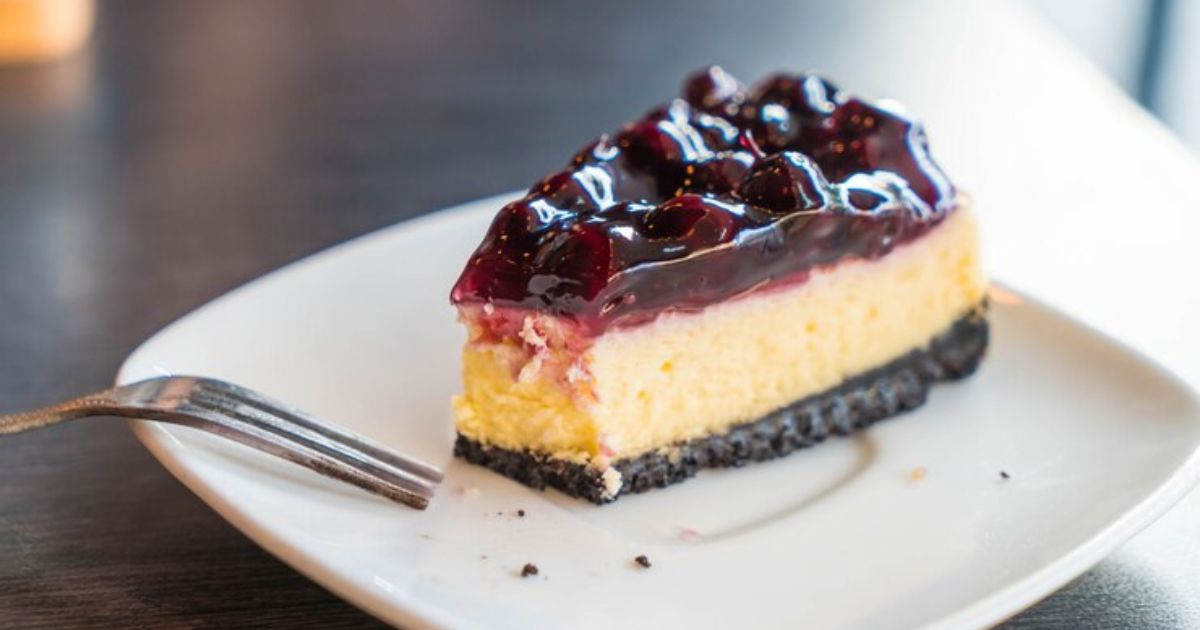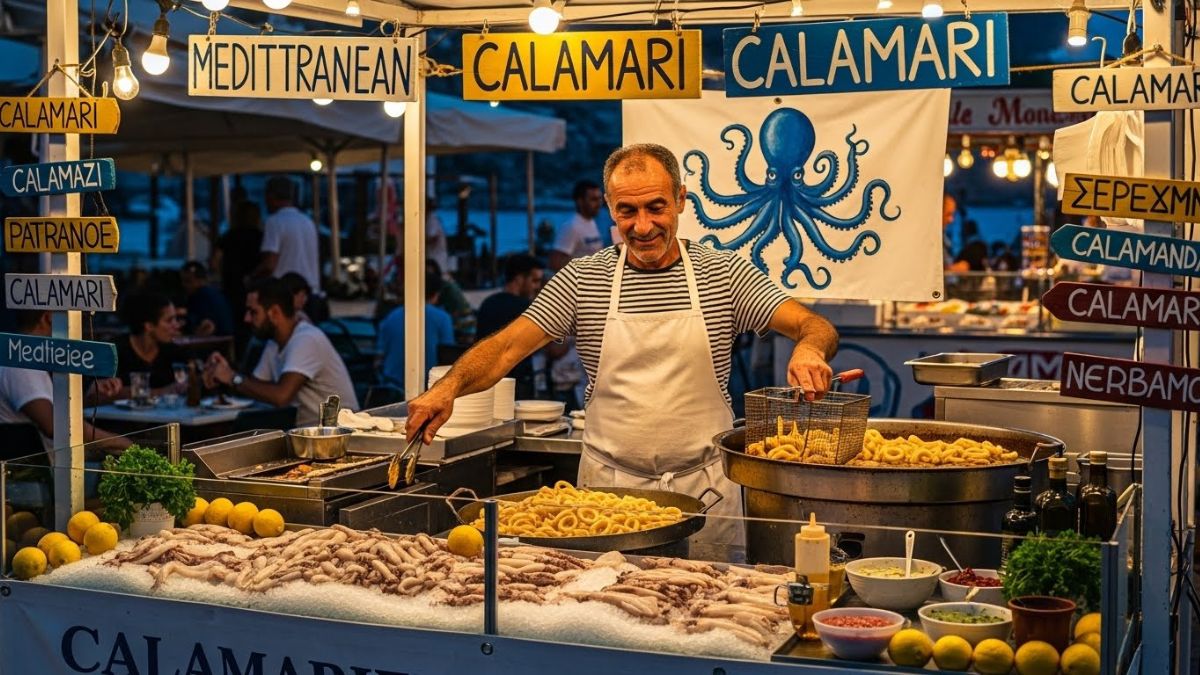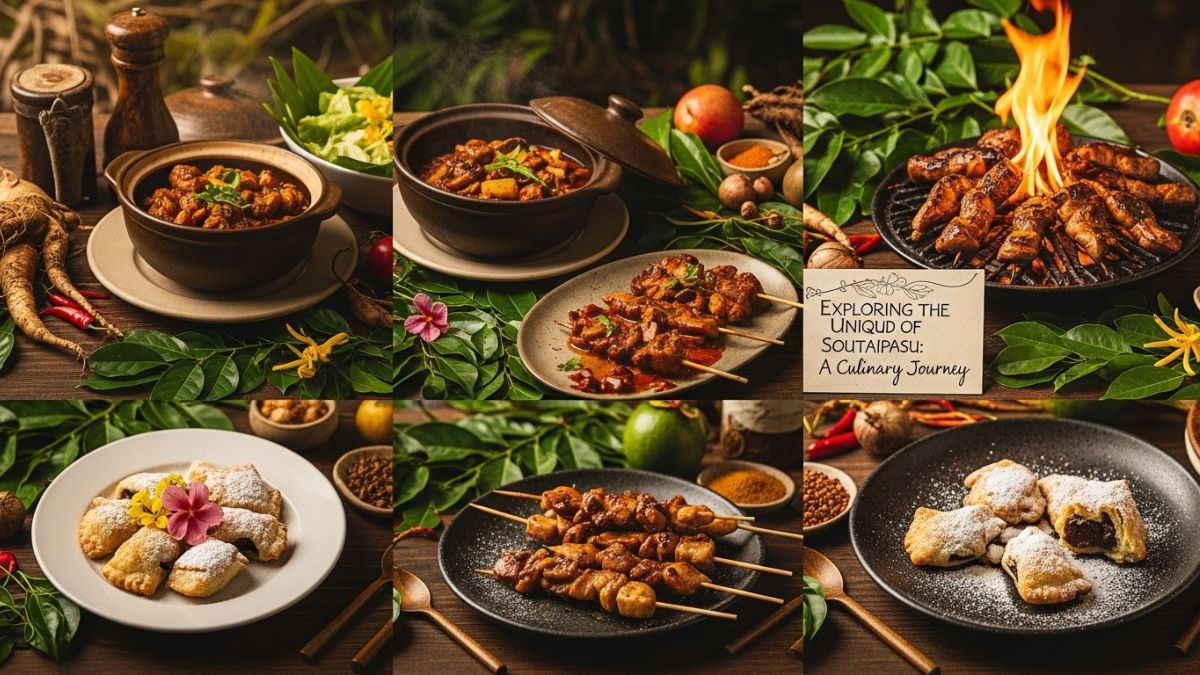Entremet, a French term that translates to “between servings,” is far more than just a fancy name. In modern culinary arts, an entremet refers to a beautifully layered, multi-textured dessert that combines flavors, colors, and artistry in a single creation. These elegant desserts are not only a treat for the palate but also a visual feast, often seen gracing the counters of gourmet patisseries and fine dining establishments.
Origin and Evolution of Entremet
The origins of entremet date back to medieval France, where it began as a savory course served between dishes during banquets. These “entertainment dishes” were theatrical and ornate. Over time, the term evolved, and by the 19th century, entremet came to refer exclusively to sweet, often elaborate desserts. Today, it symbolizes sophistication in French pastry.
Why Entremet is Considered the Pinnacle of Pastry
Entremet is regarded as a high-level pastry because of its complexity. It combines various techniques—baking, molding, layering, glazing, and decorating—into one masterpiece. Each component must complement the others in texture and flavor. Creating an entremet requires a deep understanding of ingredients, timing, and finesse.
Core Components of an Entremet
A classic entremet consists of multiple layers that can include sponge cake, mousse, ganache, jelly, and crunch elements. These are encased in a glossy mirror glaze or velvety coating. The layers are precisely balanced to create harmony in taste and mouthfeel.
Popular Flavors and Combinations
Entremets allow for endless creativity. Popular flavors include chocolate-hazelnut, raspberry-vanilla, passionfruit-mango, pistachio-strawberry, and matcha-white chocolate. Chefs often mix tart, sweet, bitter, and nutty components to build complexity.
The Role of Texture in Entremet
Texture plays a vital role in entremet construction. A well-crafted entremet might feature a soft sponge base, a light mousse, a crunchy layer for contrast, and a silky glaze. This blend elevates the experience from simply eating dessert to indulging in a symphony of sensations.
Mirror Glaze: The Shiny Finish
One of the defining visual characteristics of an entremet is the mirror glaze. This shiny, reflective coating is typically made using gelatin, sugar, condensed milk, and white chocolate. Colored glazes can be swirled or marbled to create a mesmerizing finish. While the glaze is often the first thing you see, it also adds sweetness and texture.
Mousse: The Pillowy Core
Mousse forms the heart of many entremets. Whether chocolate, fruit-based, or nut-flavored, mousse provides airiness and flavor. It must be stable enough to hold shape, yet soft enough to melt in the mouth. Incorporating whipped cream or Italian meringue often helps achieve the desired consistency.
Inserts and Fillings
Hidden inside many entremets are surprise layers called inserts—jellies, compotes, or crunchy pralines—that enhance both the flavor and visual appeal. These inserts are typically frozen before being embedded into the mousse layer, helping maintain structure during assembly.
Base Layers and Crunch
The base of an entremet can be sponge cake, dacquoise, or biscuit joconde. To elevate the experience, a crunchy layer of feuilletine or nut praline may be added, creating a delightful contrast to the soft mousse and creamy inserts.
Freezing and Assembly Process
Assembly of an entremet requires precision and often involves freezing between steps. Chefs use silicone molds to layer each component. The dessert is typically frozen overnight to allow for clean removal from the mold and flawless glazing.
Decorating Entremets
After glazing, the entremet is decorated with edible elements like chocolate shards, gold leaf, fruit, nuts, or piped cream. Modern pastry chefs often incorporate geometric patterns, airbrushed gradients, or hand-painted designs to make each entremet a unique work of art.
Tools Required for Making Entremet
Creating an entremet at home or professionally requires a set of specialized tools. These include silicone molds, cake rings, acetate sheets, palette knives, piping bags, and a digital thermometer. A blast freezer or at least a strong household freezer is essential for setting the layers.
Challenges in Making Entremet
Making entremet is not for the faint of heart. It demands time, patience, and precision. Issues such as mousse collapse, glaze imperfections, or mismatched flavors can ruin the final product. However, mastering these challenges is part of the appeal for passionate bakers.
Serving and Storage Tips
Entremets should be thawed slowly in the refrigerator before serving to preserve texture. They are best enjoyed within two days, as some components can lose structure over time. Always store them in a cool place, ideally in an airtight container.
Entremet vs. Traditional Cakes
While traditional cakes rely on spongy textures and simple frostings, entremets take the dessert game up a notch with intricate layers and gourmet flavors. They’re more about finesse than volume, and more about experience than simplicity.
Why Entremets Are a Patisserie Favorite
Entremets embody what fine patisserie is all about—elegance, detail, flavor, and artistry. They allow chefs to showcase technical skills and creative flair in one dessert. Whether served in a luxury hotel or boutique bakery, they always steal the show.
Entremet in Modern Culinary Trends
Today, entremets are making their way into Instagram feeds and dessert competitions globally. With growing appreciation for gourmet sweets and aesthetic presentation, entremets have become a trendsetting dessert for modern-day foodies.
How to Get Started Making Entremet at Home
If you’re eager to try your hand at entremet, start simple. Use a straightforward recipe with fewer layers, like a chocolate mousse with raspberry jelly insert and sponge base. Follow video tutorials, invest in a few essential tools, and gradually work your way up to more complex versions.
Conclusion
Entremet is more than just dessert—it’s a celebration of culinary craftsmanship. From its rich history to its intricate modern-day forms, it captures the essence of gourmet pastry. With the perfect blend of flavor, texture, and visual appeal, entremets are true masterpieces that delight all senses. Whether you’re a professional pastry chef or a passionate home baker, exploring the world of entremets is a rewarding journey worth every slice.
FAQs
What makes an entremet different from a regular cake?
An entremet features multiple textural layers—mousse, jelly, sponge, crunch—while regular cakes are usually simpler with just sponge and frosting.
Can beginners make entremet at home?
Yes, but start with basic recipes. With patience and practice, anyone can master the art of making entremet.
How long does it take to make an entremet?
Depending on complexity, it can take 6–12 hours, often split across two days for freezing and layering.
What flavors are best for entremet?
Fruit and chocolate combinations are popular. Raspberry-chocolate, mango-passionfruit, and hazelnut-caramel are widely loved.
Is special equipment needed to make entremet?
Yes, tools like silicone molds, cake rings, and digital thermometers are essential for proper layering and finishing.











